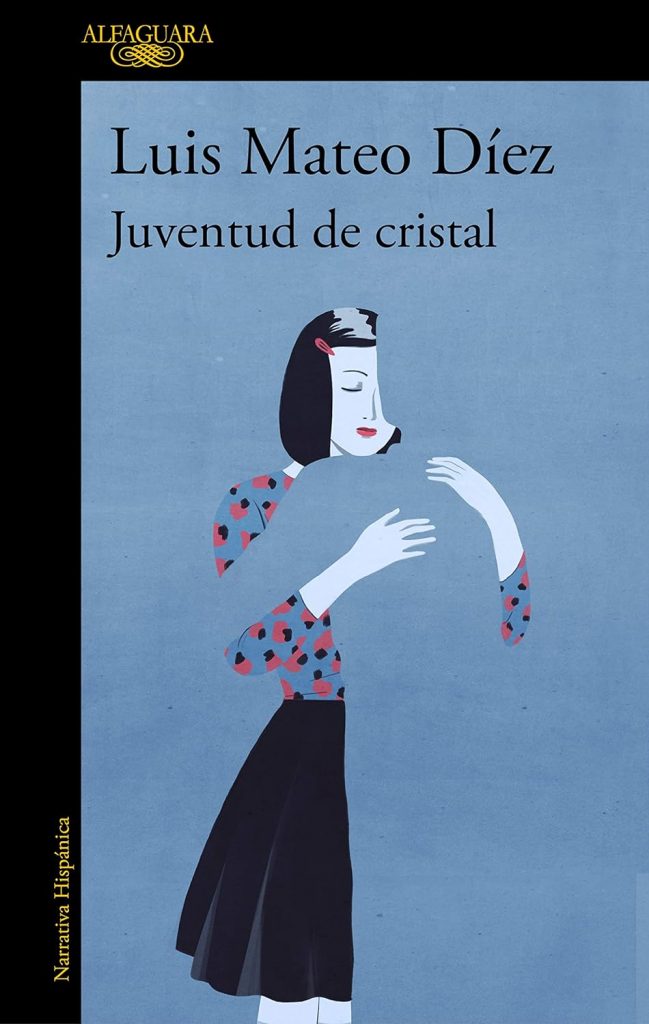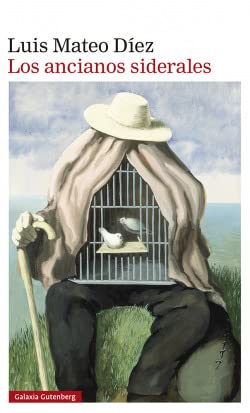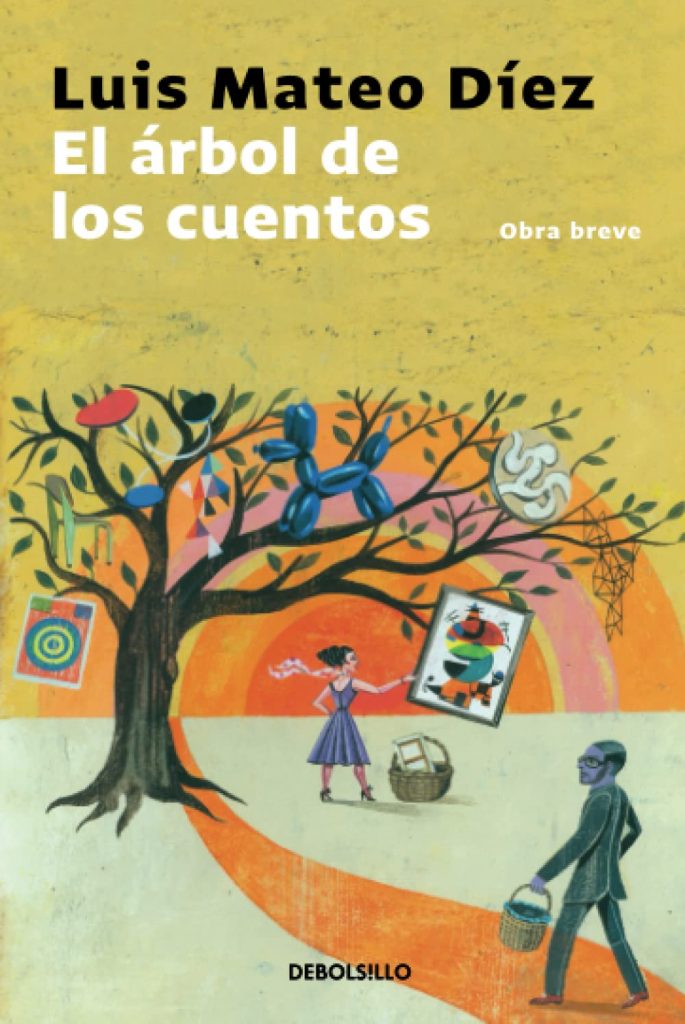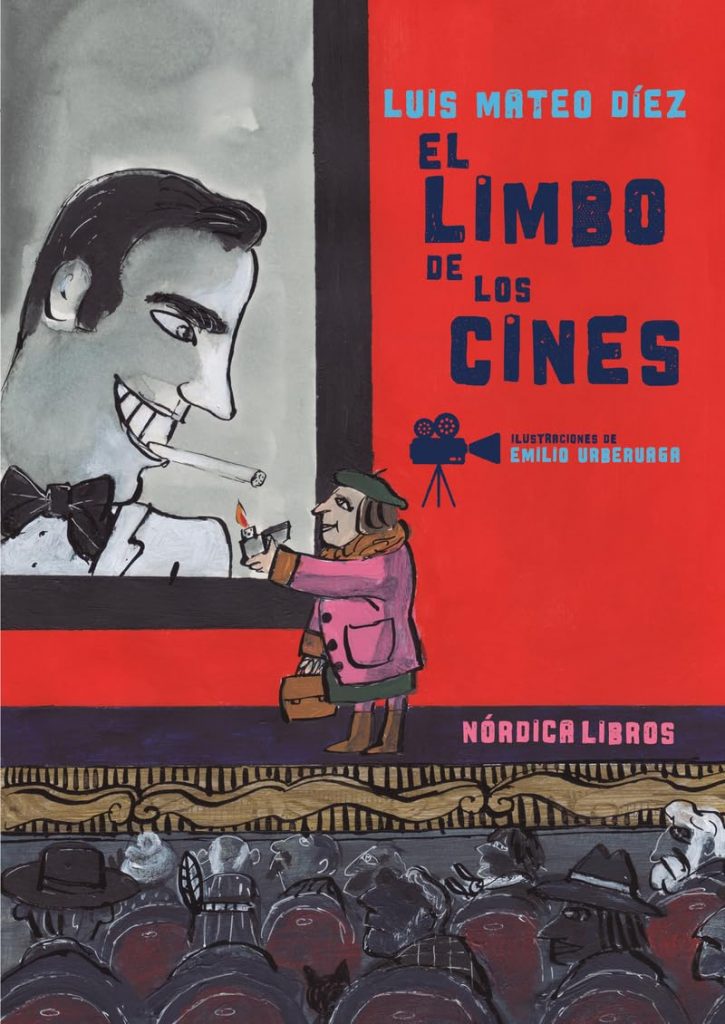About fifty books and almost all the greatest literary awards collected (with the summit of Cervantes Prize 2023) as official proof to ensure that we are talking about quantity and quality. Luis Mateo Diez is one of the essential storytellers of our time, prolific as Jose Maria Merino with whom it can be said that he composes a tandem by generation and by the undeniable creative capacity. For the two of them there does not seem to be a panic of a blank page.
In dealing with so many stories, Mateo Díez handles all the luck and as soon as it seems to be started by a Kafkaesque surrealism or even notes of dystopian sci-fi (composing a light scenery from which to elucubrate in an existentialist tone), as if he clings to the earth with that telluric realism of costumbrismo and intimacy where his creation of Celama concentrates singular force. Novels, stories, essays and legends. The point is to write as a vital legacy.
En an author so devoted to the literary as a vital foundation It always seems risky to point to his best works. For this reason, on this occasion, more than ever, it is necessary to point out that of the subjective, of the recommendation rather than of the determination, as, moreover, it can never be otherwise.
Top 3 recommended books by Luis Mateo Díez
Crystal youth
The beautiful is fragile. It is about the fate of our changing world. Youth in itself also has the notion of its existence as full as it is fleeting. And perhaps that's where the greatest dilemmas of the most beautiful age start.
All the contradictions are observed over time as gaps, something like inconcretions lived between booming hormones and neurons raging with activity. Until a bitter lucidity returns us to the idea that no. Everything about youth was the authentic, the complete, the essential.
From adulthood, Mina remembers her early youth as if they were forgotten frames from an old movie. They are the memories of a time when a restless and rowdy Mina delusionally dedicated herself to helping others as a way of assuming her own shortcomings. Wanting to be loved seems to be their goal. As if her own existence were stopped, doomed to a lethargy from which she tries to escape living that of those around her.
En Crystal youth Luis Mateo Díez gives the narrative voice to a nuanced and moving female character, who is torn between the confusion of her impulses and emotions, and who is accompanied by other endearing and chimerical beings with whom the limits of friendship and love tend to blur.
Masterful storyteller, endowed with an extraordinary capacity for evocation and a command of language in the best heritage of our classics, Díez dazzles in this novel about youth, that stage of life in which everything is possible but also fragile, like the crystal of a delicate glass that contained the essence of what we will end up being.
The sidereal elders
As a counterweight to the tender and abysmal narration about youth that the author addressed in the previous novel, this other story supposes the plot antithesis, the approach to the other pole where all the biological and the mental make up a disorderly symphony, sometimes magical in its chaos.
El Cavernal, where this novel takes place, may seem like a welcoming establishment full of elderly people of a wide variety of species and run by the Clementine sisters. It could also be thought that it is an aerolith detached from some stratospheric beyond where neither age nor time have anything to do with those who inhabit it. Or, ultimately, of a spaceship about to depart with the most clever and chimerical old men, who have been abducted.
In any case, what happens in the Cave there is no one to remedy it and everything is involved in a kind of crazy adventure predictably dangerous. The novel that takes us to that establishment can be very funny and, at the same time, mysterious and disconcerting.
The imagery between expressionist and surrealist with which it is written and plotted has the hypnotic air of events and characters that are difficult to forget, although one must take the risk of being as readers irretrievably confined in the Cave, an experience as disturbing as it is hilarious.
The tree of tales
The title image sounds like a Tim Burton movie. The supposed waste of imagination aimed at by the fantastic idea ends up loading the basket with a harvest of tasty fruits, disparate but from the same tree where the brevity of the narratives connect with that powerful infinite imaginary of the story as an infallible transmission of who we are.
«Putting together the stories that I have written and published on a long computer journey between 1973 and 2004 has not been easy for me. The stories get out of hand, the novels are more tied to me, although I must also confess my condition of indolent owner of my fictions. What is already written always interests me less than the project in progress, and the propensity of inventions for anonymity always captivated me.
The stories have gotten out of hand in lost and recovered books, in individual collections, also in books that were not strictly about stories, books in which there were stories as well as other things. To bring them together is to recognize them, to let them return and acquire the consistency of the branches of the tree to which they belong.
They undoubtedly contain irreplaceable traces of my literary world, varied tonalities and findings and may even respond to conflicting interests and challenges, after the drift of so many years. The perfection of oblivion, that moral and aesthetic ambition that a fiction does not need an owner, corresponds very well with the ambition of a perfect story, as impossible as it is essential.
There is no option to complacent stories, the life earned in fiction must always be more powerful than the real one.
Other recommended books by Luis Mateo Díez
The limbo of cinemas
An illustrated volume to complement new creative aspects in a bibliography that is almost incomprehensible for a neophyte reader of his work. A real pleasure for an illustrator like Emilio Urberuaga who perfectly blends this duality of letters and images, of narrative intentions, scenes and symbols.
Even more so in a proposal like this that resorts to the meta to address the cinematographic as art but also trompe l'oeil, idealization and reality, the characters and their actors... life in essence transferring from one side of the screen to the other in an existential osmosis that leaves all juice.
In the twelve stories that make up The Limbo of the Cinemas, Luis Mateo Díez, one of the most recognized and awarded writers in our country, takes us inside the movie theaters. It is a trip to the past, and also to the present, of what can happen in a dark room when the protagonists of the films come to life and go out to the stalls, or Martians who land at the Cosmo cinema in Bericia, or a murder in cinema Clarities... Luis Mateo Díez shows us in this great book his most fun and playful side to make a tribute to cinemas, brilliantly illustrated by the great Emilio Urberuaga.




